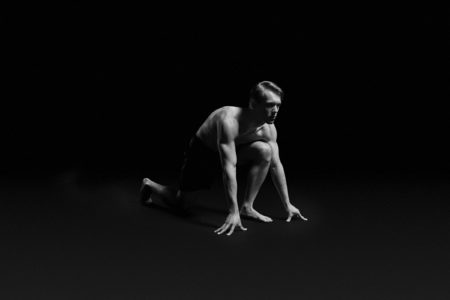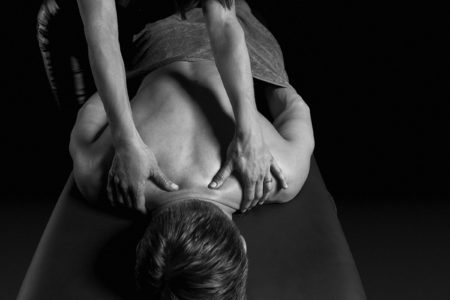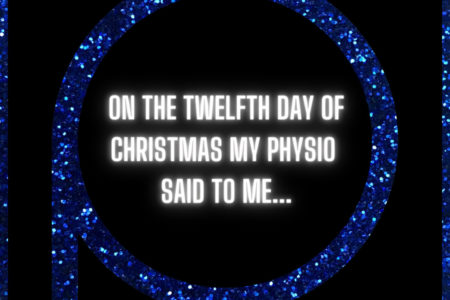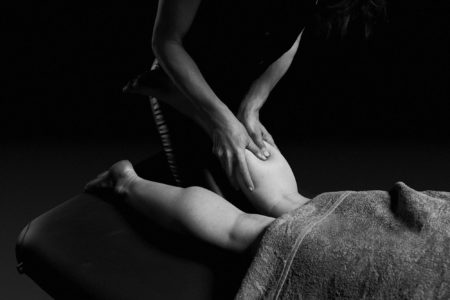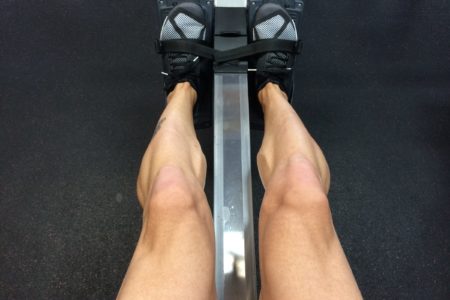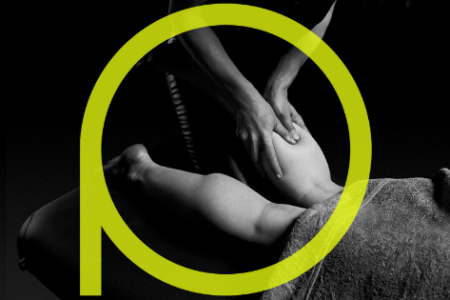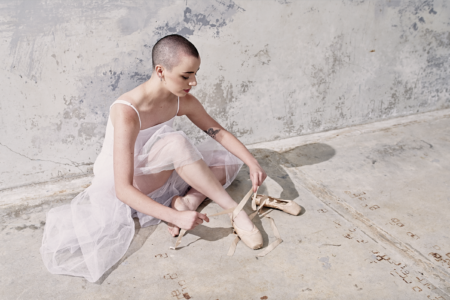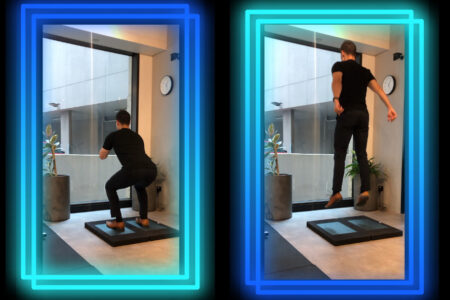Suite 3, Ground Floor, The Gateway,
312 St Kilda Road, Southbank, VIC, 3006
Hip Pain
- Anterior hip impingement
- Hip labrum tears
- Hamstring strain
- Gluteal tendinopathy
- Hip Osteoarthritis
- Hamstring Tendinopathy
Anterior Hip Impingement
Anterior hip impingement is pain or discomfort at the front of the hip and is most commonly in response to muscle imbalances around the hip and the subsequent irritation of the synovial tissues of the hip joint capsule.
Dancers have a higher risk of developing this condition, as they are required to use large ranges of hip movement and have high loads of training.
Signs and symptoms of anterior hip impingement may include, a pinching sensation at the front of the hip and sometimes clicking may be present prior to your hip hurting.
Physiotherapy management involves decreasing hip pain to restore hip range via soft tissue and joint techniques followed by specific strengthening of the deep hip rotators, lower glutes, adductor muscles and improving lumbopelvic control.
Hip Labrum tears
The labrum of the hip is a suction cup that helps you maintain good hip joint biomechanics. Research has shown that labral tears of the hip may be common in dancers, however, a labral tear may not be the source of your hip pain. There are many other structures of the joint that may contribute to your hip pain including the joint capsule and muscle imbalance. It is important to seek a dance specific rehabilitation program to strengthen the deep hip muscles to support your hip whether you seek surgical advice or not.
Hamstring Strain
Hamstring tears often occur when the muscles are eccentrically contracting (contracting whilst lengthening) and at high speed, for example when you are doing a high leg kick. In the dance population, hamstring tears may also occur in slow stretching, such as practising the splits or holding the splits for long periods of time. This can be most common when your muscles are fatigued.
If you sustain a hamstring tear you may experience pain, tenderness and weakness in the back of your thigh (which may radiate up to your buttock).
Treatment and management of your hamstring strain includes physiotherapy assessment to determine the severity of the strain and the appropriate strength and retraining your muscle or technique all whilst keeping you in the studio.
Gluteal Tendinopathy
Gluteal tendinopathy has some very clear diagnostic criteria, including: pain on the outside of your hip, pain lying on your side, pain with climbing stairs, and pain with prolonged sitting. It is common in post menopousal women, but not limited to this group of people. Physiotherapy management involves strengthening your gluteal muscles, assessing and retraining your biomechanics, and providing you with advice to help you manage the load you are placing on your tendon.
Hip Osteoarthritis
Hip osteoarthritis is a painful condition where the cartilage in the hip joint begins to wear down and the joint surfaces become inflamed. Medication can assist with managing the pain, however physiotherapy can be extremely useful. Treatment includes strengthening of the hip muscles, education about lifestyle modifications, and manual therapy to increase joint mobility.
Hamstring Tendinopathy
Hamstring tendinopathy has some very clear diagnostic criteria, including: pain on the sitting bone, pain with stretching your hamstring and pain with prolonged sitting. Physiotherapy management involves strengthening your gluteal muscles, assessing and retraining your biomechanics, and providing you with advice to help you manage the load you are placing on your tendon.
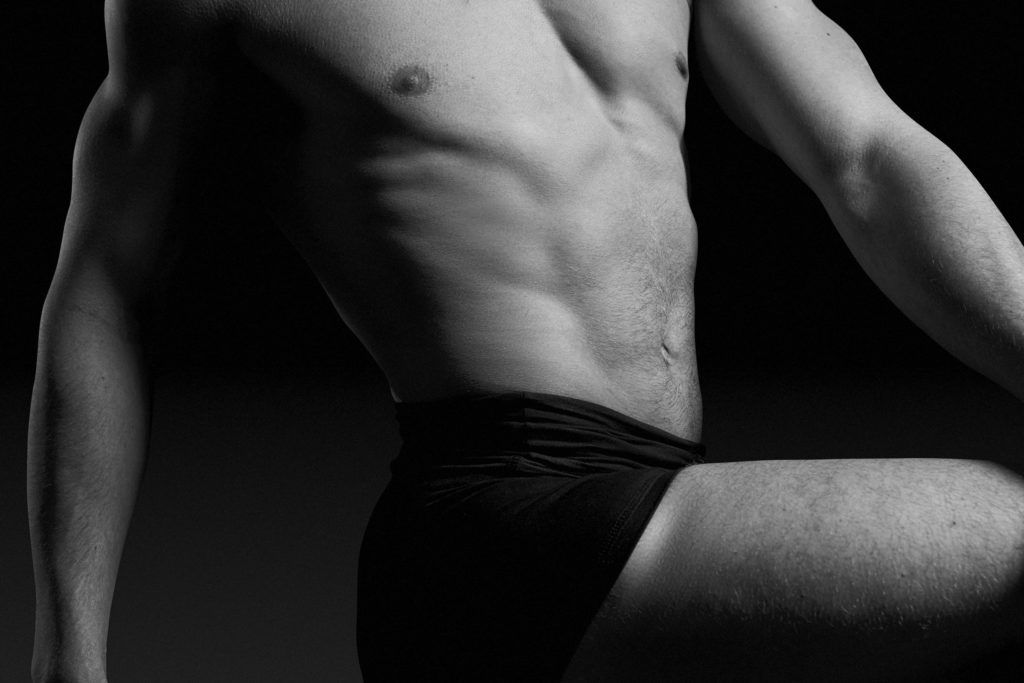
Related Practitioners
Dr Suleiman Halabi (he/him)
Sports Doctor - M.B.B.S.
Rhea Torres (she/her)
Physiotherapist - DPT. BNSc. BSc.
Annie Strauch (she/her)
Managing Director - Titled Physiotherapist - MACP
Nino La Scala
Titled Physiotherapist
Elise McMahon (she/her)
Physiotherapist
Letitia Reus (she/her)
Physiotherapist - APAM
Elissa Petesic (she/her)
Physiotherapist - APAM
Emily McLean (she/her)
Physiotherapist - B.Physio Adv. (Hons), Masters of Sport Physio
Stephanie Zamoyski (she/her)
Senior Physiotherapist - B..HthSci & M.Phty
Maria Anagnostou (she/her)
Clinical Director Sydney - Titled Physiotherapist, MACP
Zeba Haroon (she/her)
Physiotherapist
Chris Minto (she/her)
Senior Physiotherapist
Dr Brea Kunstler
Physiotherapist & Run Coach
Polly Dhar (she/her)
Senior Physiotherapist - APAM
Nicole Reynolds (she/her)
Senior Physiotherapist - APAM
Dr Kathy Yu (she/her)
Sports Doctor - M.B.B.S.
Stacey Kipouridis (she/her)
Physiotherapist - APAM
Catherine Etty-Leal (she/her)
Clinical Director Melbourne - Titled Physiotherapist, MACP

